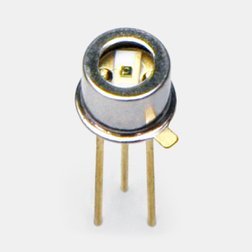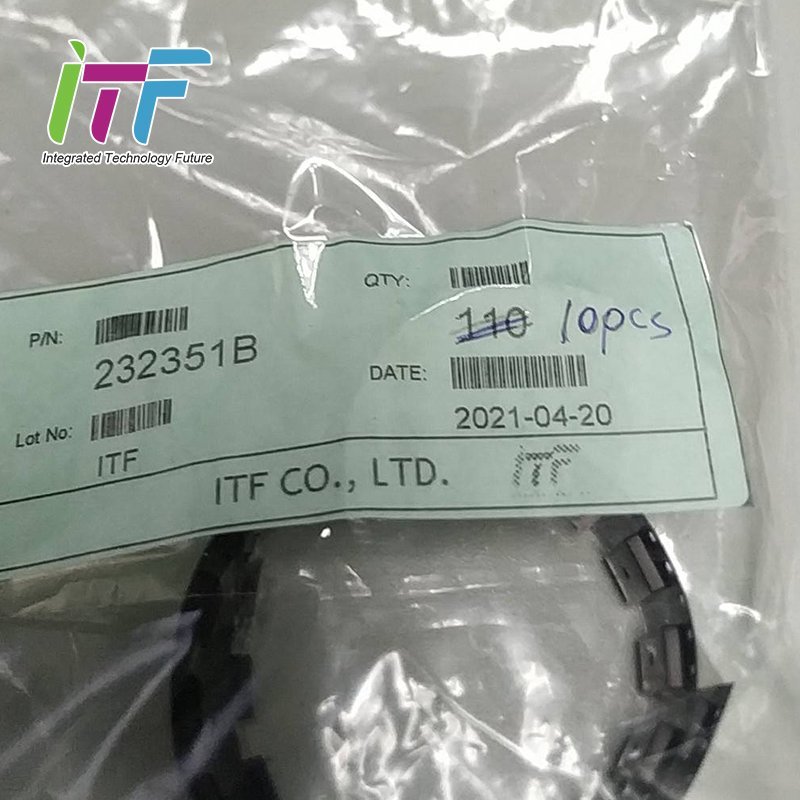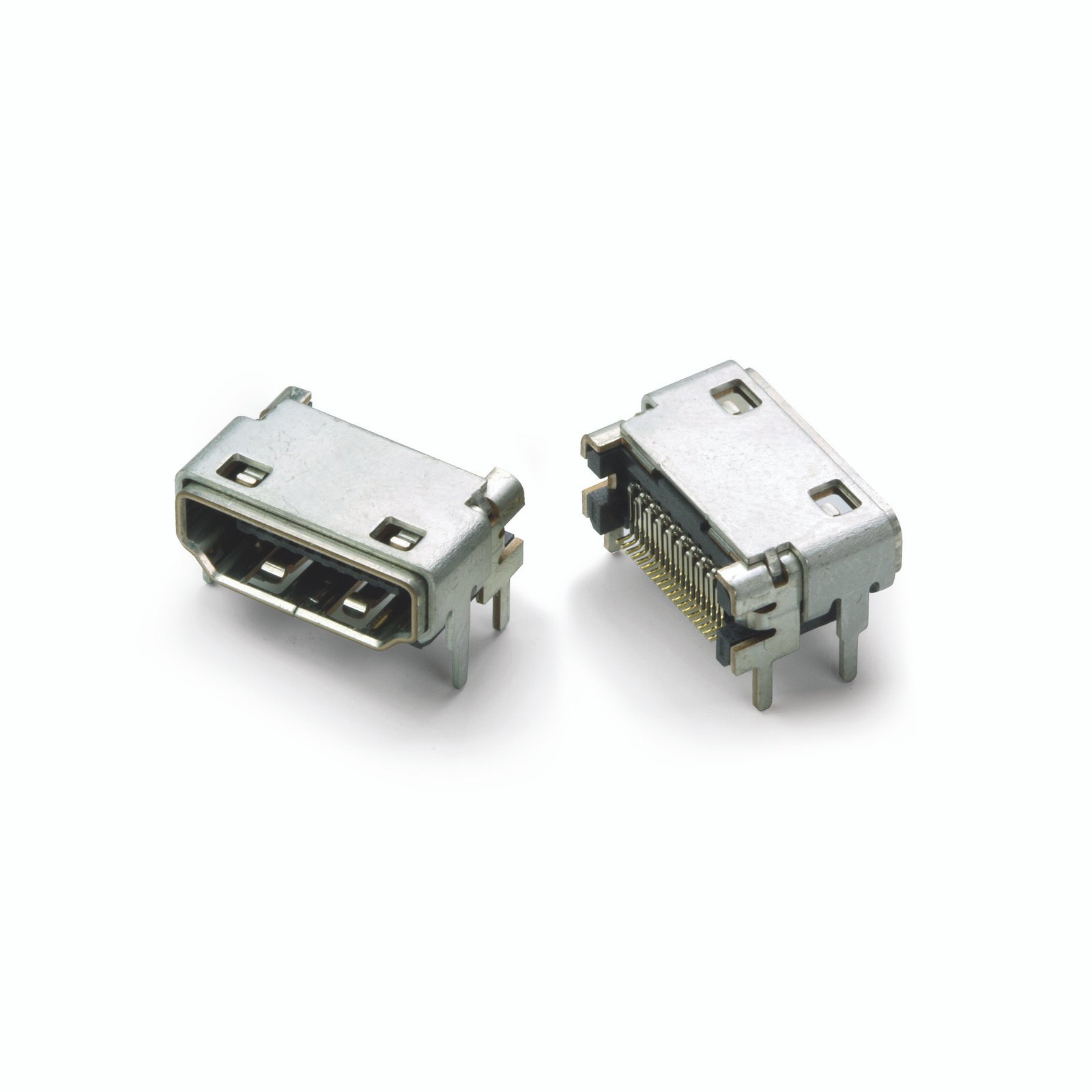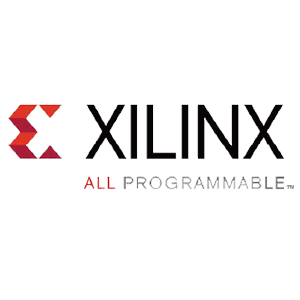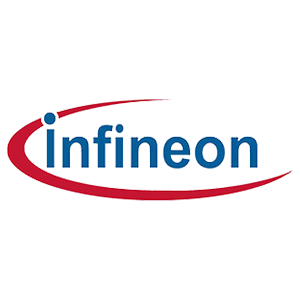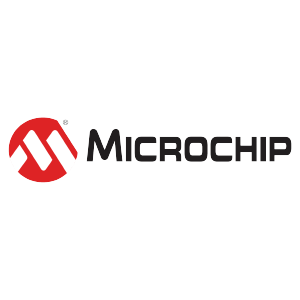In 2023, the world’s first RISC-V laptop, ROMA, was officially released; Intel announced a $1 billion investment in establishing a RISC-V lab; Google incorporated RISC-V into Android’s officially supported architectures—these milestone events signal the dawn of a new era. RISC-V, an open-source instruction set born in a laboratory, is shaking the chip empire built by ARM and x86, igniting a “chip freedom” revolution. This article delves into the technical principles, ecosystem developments, and business battles surrounding this disruptive technology that could reshape the global semiconductor landscape.

1. The Essence of RISC-V: The “Open-Source Constitution” of Chip Design
The Fundamental Logic of Instruction Set Architectures (ISA)
An instruction set is like the “genetic code” of a computer, determining how a chip executes basic operations such as addition, subtraction, multiplication, division, and data access.
Traditional Architectures:
- x86 (Complex Instruction Set Computing, CISC), dominated by Intel and AMD.
- ARM (Reduced Instruction Set Computing, RISC), operates on a licensed and royalty-based model.
RISC-V Breakthroughs:
- Open-source, free, and modular RISC architecture that anyone can use and modify freely.
Technical Features Analysis
- Minimalist Core: The base instruction set consists of only 40 instructions (compared to ~1,500 in x86 and ~600 in ARMv8), with extension instructions available for different application needs.
- Modular Design: Instructions can be assembled like LEGO blocks (e.g., floating-point arithmetic, vector computing, security encryption).
- Customizability: Companies can add specialized instructions for differentiated chips (e.g., AI acceleration instructions).
A Paradigm Shift Compared to Traditional Architectures
| Aspect | x86 | ARM | RISC-V |
|---|---|---|---|
| Licensing Model | Closed (Intel/AMD monopoly) | License + royalties (up to millions per core) | Fully open-source and free |
| Design Freedom | No modifications allowed | Limited customization | Full freedom to modify & extend |
| Ecosystem Barrier | Software ecosystem dominance | Mobile ecosystem dominance | Emerging ecosystem growing fast |
2. The Driving Forces Behind RISC-V’s Rise
The Geopolitical Push for “De-ARM-ization”
- The US-China tech war has driven Chinese chip firms to seek independent architectures (Alibaba’s T-Head and Huawei have launched multiple RISC-V chips).
- After the Russia-Ukraine conflict, Russia announced a shift to RISC-V for military chip development.
The Customization Wave in the IoT Era
- IoT devices require highly customized chips (e.g., smartwatches, sensors), and RISC-V’s modular nature is a perfect fit.
- Case Study: French startup GreenWaves used RISC-V to create an ultra-low-power AIoT chip, achieving 10× energy efficiency improvement over ARM Cortex-M4.
The Cost Revolution in Business Strategy
- ARM licensing fees increase chip costs by 15-30%, while RISC-V eliminates millions in licensing expenses.
- SiFive, a RISC-V IP provider, offers development costs at just 1/3 of ARM-based solutions.
The Open-Source Community’s Exponential Growth
- 4,000+ members in the RISC-V International Foundation (including Google, Intel, NVIDIA, and Huawei).
- 100,000+ RISC-V projects on GitHub, forming a complete ecosystem from EDA tools to operating systems.
3. Expanding Applications: From Embedded Devices to Supercomputers
Consumer Electronics
- Smartwatches: Huami’s Amazfit GTR 4 uses a T-Head RISC-V chip, improving battery life by 30%.
- Smartphones: India’s first RISC-V smartphone (Shakti processor) reduces costs by 40%.
Data Centers
- Ventana Microsystems launched a 192-core RISC-V server chip, doubling the performance of ARM Neoverse.
- The European EPAC project is developing an RISC-V supercomputer targeting the TOP500 rankings.
Automotive Electronics
- Tesla is shifting its autonomous driving chips to RISC-V, enabling custom neural network acceleration instructions.
- Germany’s Continental AG developed RISC-V-based automotive-grade MCUs, achieving ASIL-D safety certification.
Cutting-Edge Applications
- Quantum Computing Control Chips: Australia’s Silicon Quantum Computing adopts RISC-V.
- Space Chips: European Space Agency (ESA) chose RISC-V for radiation-hardened space processors.
4. The Ecosystem Battle: RISC-V vs. ARM vs. x86
ARM’s Counteroffensive
- Introduced the “Flexible Access” model, lowering entry barriers for smaller clients.
- Filed lawsuits against RISC-V companies (e.g., Rivos), accusing engineers of taking ARM trade secrets.
x86 Alliance Strategies
- Intel joined the RISC-V International Foundation while also launching hybrid x86 + RISC-V chips.
- AMD invested in RISC-V startups to prepare for heterogeneous computing.
China’s Strategic Positioning
- Alibaba’s T-Head: Released the world’s first RISC-V AI platform “Yingying 1520”, reaching 4 TOPS of AI performance.
- Huawei: Open-sourced HarmonyOS with full RISC-V support, building a self-sufficient “Chip + OS” ecosystem.
5. Challenges and the Future: The Revolution Is Not Yet Won
Technical Barriers
- Still lags in high-performance computing (highest RISC-V chip at 2.5 GHz, compared to ARM’s 3.3 GHz).
- Lack of standardized extensions, raising compatibility concerns between different RISC-V implementations.
Ecosystem Bottlenecks
- Weak desktop software ecosystem (Windows and macOS lack native support).
- Developer tools still maturing (LLVM support is improving but incomplete).
Future Trends and Predictions
- By 2025, RISC-V chip shipments will exceed 10 billion units (Counterpoint Research).
- By 2030, RISC-V will capture 50% of the IoT market and 15% of the data center market.
- RISC-V + AI + Chiplet innovations will drive next-gen heterogeneous computing paradigms.
Conclusion: A New Era of Chip Freedom
RISC-V is more than just a technological breakthrough—it’s a global movement to break the monopoly on chip design. When chip architecture is no longer controlled by a few tech giants and engineers can design chips as freely as they write code, this open-source revolution, which started at Berkeley, will redefine the foundation of computing civilization.










